VR TRAINING FOR WORKFORCE DEVELOPMENT
Getting Started With Virtual Reality And VR Training In Singapore
The World’s Most Powerful And Flexible Enterprise AR/VR Software Platform Is Now In Singapore.
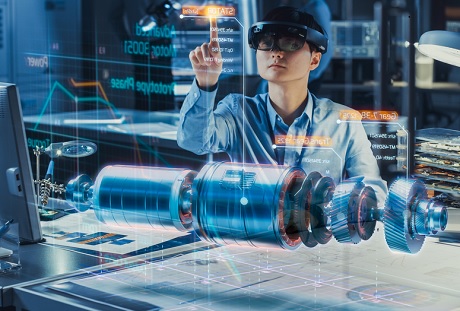
TRAINING THAT PUTS YOU IN CONTROL
VR Solutions For Professional Training
Raise the bar for immersive learning with the latest VR tech built just for you. Transport your employees to a fully engaging work environment safely.
Trainees can achieve as much as 80% knowledge retention with hands-on learner’s interactions. Your employees deserve the best training. Primus Vision can make that happen.
“Train Like You’re There – Enhanced experiential learning is more cost and time effective especially in a high-risk work environment. Hands-on VR/AR learning creates behavioral changes and memorable experience that accelerates learning by doing.”
What Is Virtual Reality (VR)?
Virtual Reality is a simulated 3D environment that enables users to explore and interact with a virtual surrounding in a way that approximates reality. It is perceived through the users’ senses. The environment is created with computer hardwares and software. Users usually are required to use or wear devices such as helmets or VR goggles to interact with the environment.
The more deeply users can immerse themselves in a VR environment — and block out their physical surroundings, the more they are able to suspend their belief and accept it as real.

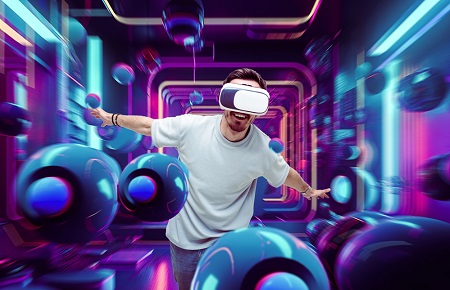
What Is Augmented Reality (AR)?
Augmented reality (AR) is the integration of digital information with the user’s environment in real time. Unlike virtual reality (VR), which creates a totally artificial environment, AR users experience a real-world environment with generated perceptual information overlaid on top of it.
Augmented reality is used to either visually change natural environments in some way or to provide additional information to users. The primary benefit of AR is that it manages to blend digital and three-dimensional (3D) components with an individual’s perception of the real world.
Unlike virtual reality, which creates its own cyber environment, augmented reality adds to the existing world as it is.
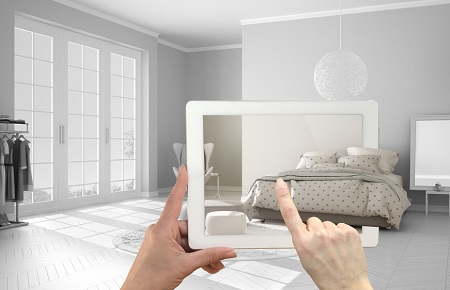
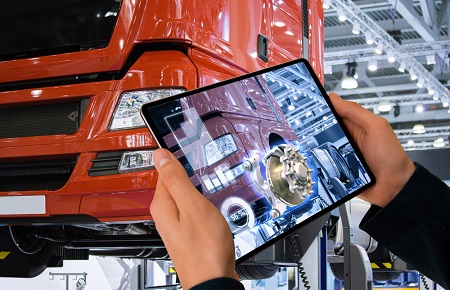
How Can Virtual Reality Be Used?
Virtual Reality (VR) training is making headway across industries. As VR evolved, it’s application will likely extend to all sectors. Beyond gaming and engineering, VR training is also now being extensively applied in security, military, healthcare and even mental wellness eg; in meditation.
VR is a safe way to simulate dangerous situations for training purposes. Firefighters, pilots, astronauts and police can learn in a controlled environment before going into the field. Here are more examples:
(credit: vrowl.io)
VR For Technical And Job Specific Training
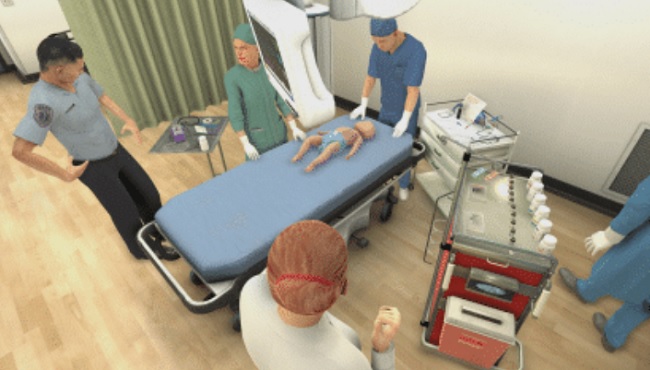
LA Hospital – Trauma VR Training
Los Angeles Children’s Hospital train doctors and nurses with practice models. The VR training is designed to make training more time and cost effective.
Students practice with virtual patients and staff who respond to decisions in real time. To stay close to practice, the scenarios are based on existing case studies. Unexpected scenarios can also be implemented to keep students on their toes during the training. Students train more regularly in realistic conditions. This allows for greater flexibility and faster learning.
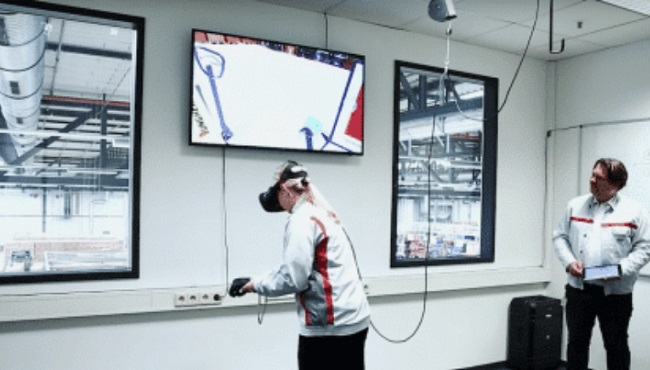
Volkswagen – Assembly VR Training
Staff at Volkswagen often have to travel long distances for training, which slows down the learning process. Therefore, the organization uses virtual reality to train employees anywhere, anytime.
In virtual reality simulations, employees perform tasks such as assembling a door or a brake. In addition, simulations have also been developed for customer service and orientation of new employees. During the training, someone watches and gives advice and points for improvement.

BP – Offshore VR Training
Working safely is crucial on offshore platforms, but it is difficult to train for this on land. In this VR training example BP uses virtual reality training to train personnel efficiently and on the spot without downtime or the need to travel.
Staff learn difficult procedures in a safe environment in the immersive simulation environment, so they can safely practice important tasks. Staff learn to communicate effectively and avoid human error. Thousands of personnel have received effective training, making work on drilling rigs safer.
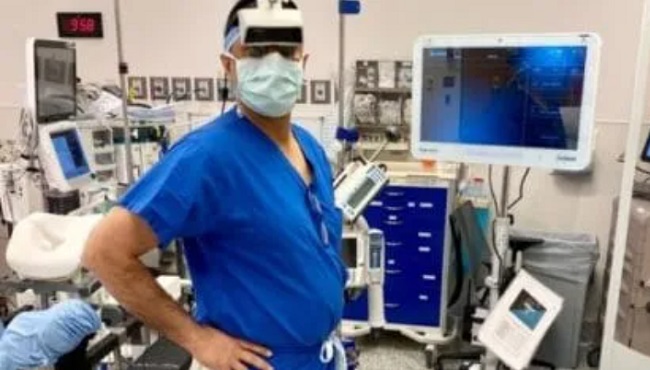
Seeing Beyond What’s Infront Of You
This next example is by using AR. Spine doctors at Health’s Bennett Medical Center have used augmented reality. On January 2021, the director of the spine augmented reality program performed the first surgery using this approach.
The headset allows the surgeon to look inside the patient’s body as if he had X-ray vision. During surgery, the surgeon looks at the patient instead of a screen thanks to the headgear. The new technology, according to director Sandhu, allows for extremely precise surgery.
Choosing The Right VR Hardware And Software
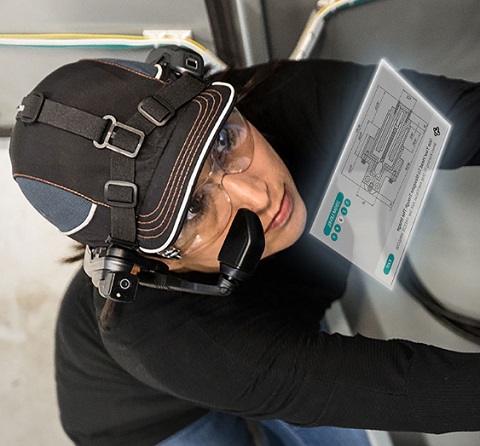
RealWearNavigator 500
Android 11 Platform
Android 11 AOSP with WearHF.
Qualcomm Snapdragon 662 Platform and 4 GB RAM/64 GB Flash.
MicroDisplay
With a resolution of 854×480 pixels.
The high-resolution micro display fits just below your line of sight and views like a 7” tablet.
Voice Control
17 languages supported: German, English, Spanish, French, Italian, Portuguese, Russian, Chinese & Mandarin & Cantonese, Japanese, Korean, Thai, Polish, Indonesian, Taiwan, Dutch, Czech
The ThinkReality A3 is one of the most advanced and versatile enterprise and is part of a comprehensive digital solutions from Lenovo.
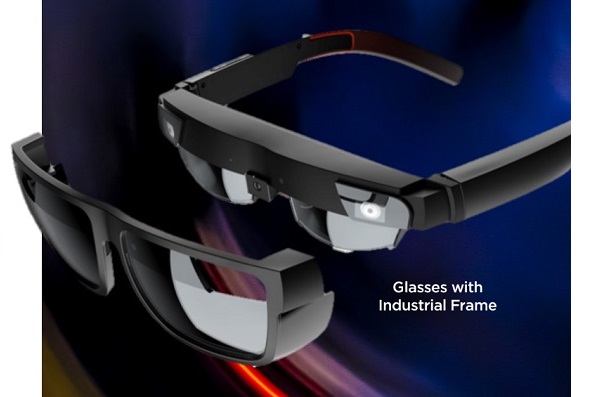
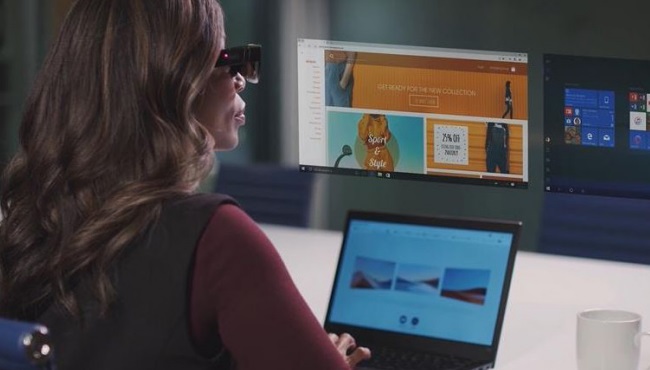
Expanding Your Workspace Reality
ThinkReality A3 tethers to a PC via USB-C to enable a new category of workspace – allowing you to position multiple, large virtual monitors with 100% privacy and use all your existing Windows software tools and applications.
Workspace expands the value of PCs, enhancing productivity in industries like the financial sector, architecture, and engineering.
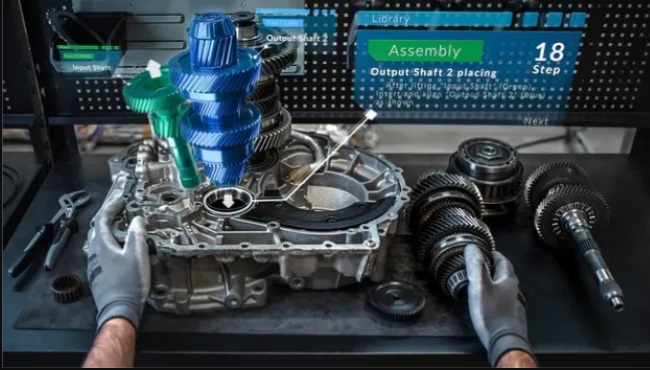
Seeing Beyond What’s Infront Of You
ThinkReality A3 also tethers to select Motorola flagship mobile phones to enable Industrial Augmented Reality solutions that work with the ThinkReality software.
These solutions include turnkey certified application solutions designed to power remote assistance, workflow support, training, and 3D visualization for enterprises in manufacturing, logistics, AEC, and the energy and utilities.
Common FAQs ;
Why Is Augmented Reality Important In Business?
AR allows companies to develop training that’s consistent for each employee and enables the employee to develop competence and confidence in their role. Eg; A company could develop an AR application to onboard employees, training them quickly with minimal risk to the employee or to workplace operations.
What Are The Benefits Of Augmented Reality?
One the biggest advantages of Augmented Reality is that it creates a unique digital experiences that blend the best of digital and physical worlds. Eg; A trainer need not be at the physical site when the trainee needs help with installing a hardware. Thus saving a lot of man-hours by not being physically there.
How Can Augmented Reality Change The Way Employees Work?
It will improve productivity: Employees will become more engaged in their work, especially when the work is delivered to them in a brand new visual process. AR will change the way employees operate, with their being increased engagement through collaborations even with other companies.
What's The Difference Between AR (Augmented Reality) And VR (Virtual Reality)?
VR creates an immersive virtual environment, while AR augments a real-world scene. VR is 75 percent virtual, while AR is only 25 percent virtual. VR users move in a completely fictional world, while AR users are in contact with the real world.

INNOVATION IS EVERYTHING YOUR FUTURE CAN BE
Your Vision Becoming Reality
Augmented reality has the potential to be better than reality, as it allows users to preview items faster and more easily than in real life. For instance, it is much quicker to swipe through manuals before making vital repair works.
Customers enjoy using AR applications, and they’re becoming reliant on the tools to make purchase decisions. For example: 56% of shoppers surveyed said that AR gives them more confidence about the quality of a product.
Well implemented AR activity conveys innovation & responsiveness from forward-thinking brands. With the AR/VR market expected to reach $97.76 billion in 2028, it’s clear that augmented reality is the future for many industries.
